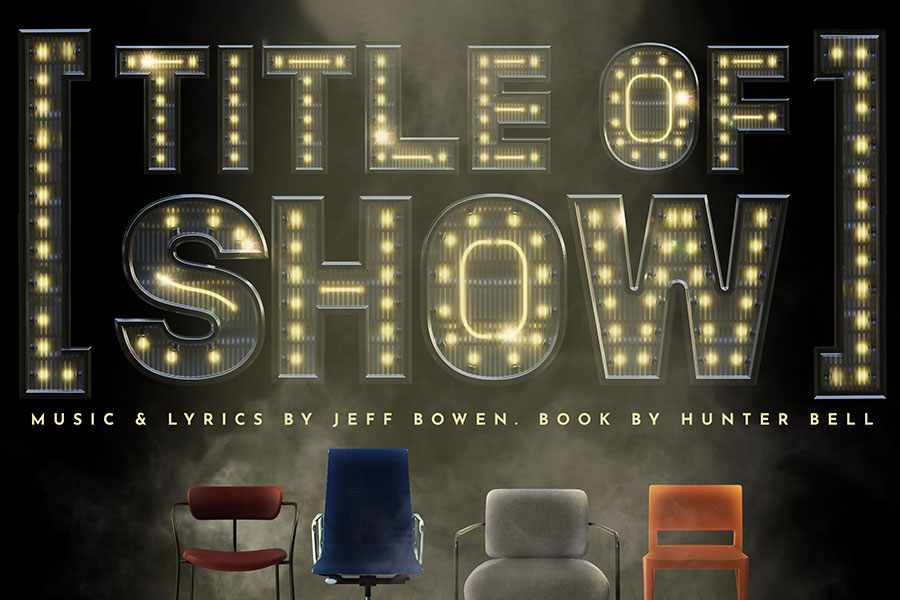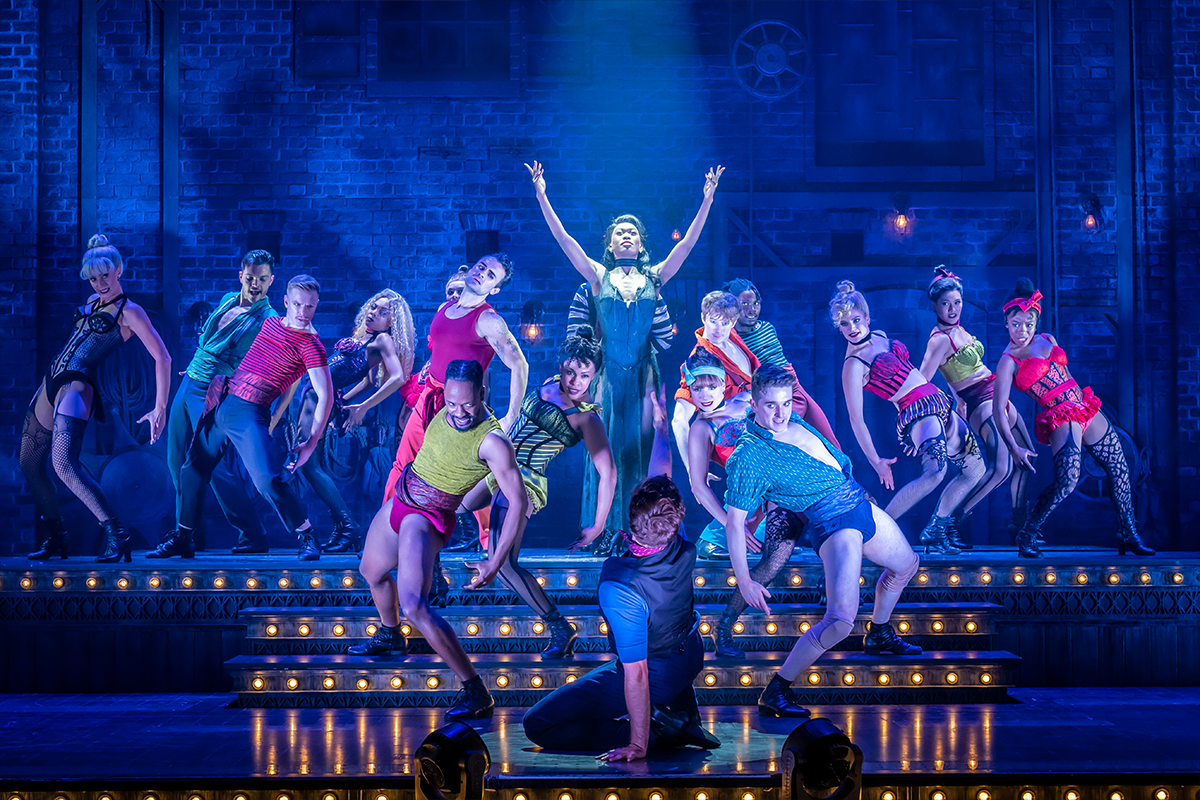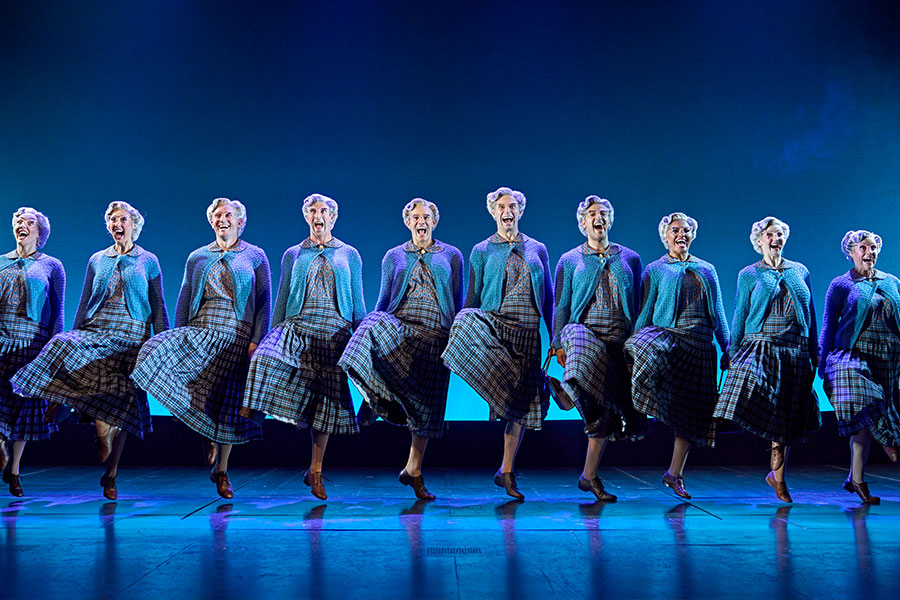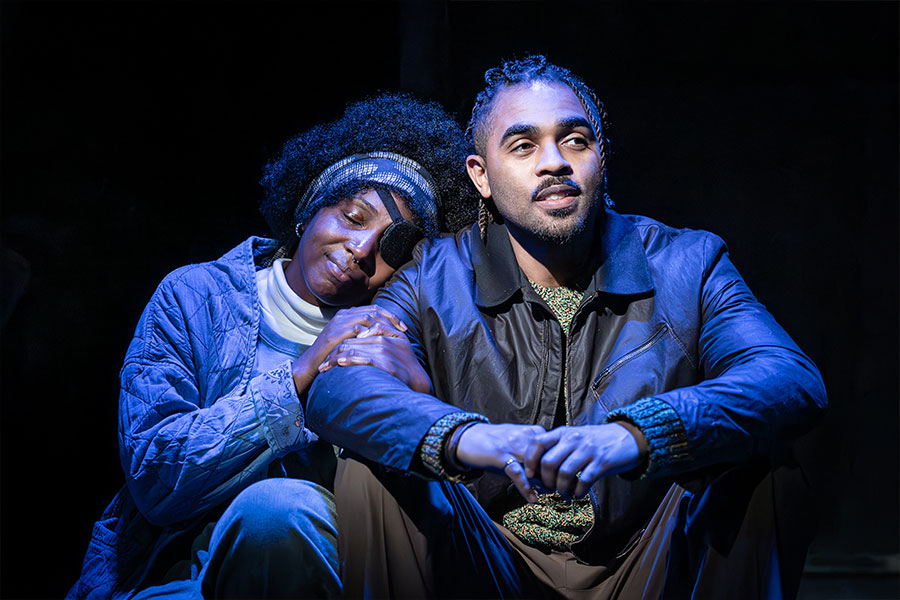Look Back in Anger
Look Back in Anger at the National – Lyttelton
 Almost fifty years on, how is John Osborne’s landmark tale of bedsit angst, Look Back in Anger, holding up? The answer is very well thank-you, if Gregory Hersov’s gritty National Theatre production is anything to go by.
Almost fifty years on, how is John Osborne’s landmark tale of bedsit angst, Look Back in Anger, holding up? The answer is very well thank-you, if Gregory Hersov’s gritty National Theatre production is anything to go by.
Michael Sheen’s Jimmy Porter is still every inch the eloquently malicious angry young man. He scans the Sundays, and stalks his room railing against life’s injustices, roughhousing with friend Cliff, and generally abusing his ‘pusillanimous’ wife, Alison, for having the misfortune to be born female and middle-class.
This situation clearly can’t last, and when Alison’s matriarchal friend Helena comes to stay, she offers an objective viewpoint on their marriage and the courage for the beleaguered housewife to finally walk out. This leaves the stage set for a showdown between the provocative Porter and the equally spirited Helena.
Hersov has chosen to preserve the original three-act form and to keep the action rooted in the 1950s. Nevertheless, his production has a modern feel to it. Robert Jones’s crummy bedsit is halfway to being a loft apartment with its exposed brick and plumbing. Sheen also has a contemporary look, with his long hair, wild eyes, and sideburns. And Jason Hughes, as Cliff, has altered little since he played the gay Welshman Warren in This Life. Only Matilda Ziegler’s Helena really acts as if she’s from the post-war period, with her finishing school deportment and RADA vowels.
In his autobiography, Almost a Gentleman, Osborne says he intended Alison to be ‘a study of the tyranny of negation’, and in this respect Emma Fielding doesn’t disappoint. Most of the play’s tension is derived from her stoical counterpoint to the hectoring Porter – the way she responds to the verbal onslaught with nothing more than a gentle thump of her iron against the board. I’d argue that she gives a performance that easily matches that of the more vociferous Sheen. William Gaunt completes the fine ensemble with a solid rendering of Colonel Redfern, that ‘sturdy old plant left over from the Edwardian wilderness’.
Maybe Osborne’s play doesn’t feel like the seismic jolt that shook the British theatre back in 1956. Some of the issues have certainly lost their relevance, and the language has begun to sound twee in places. Yet despite this, Look Back in Anger is still poignant enough to move, ugly enough to shock, and electric enough at times to generate a real sense of frisson.
Richard Forrest










